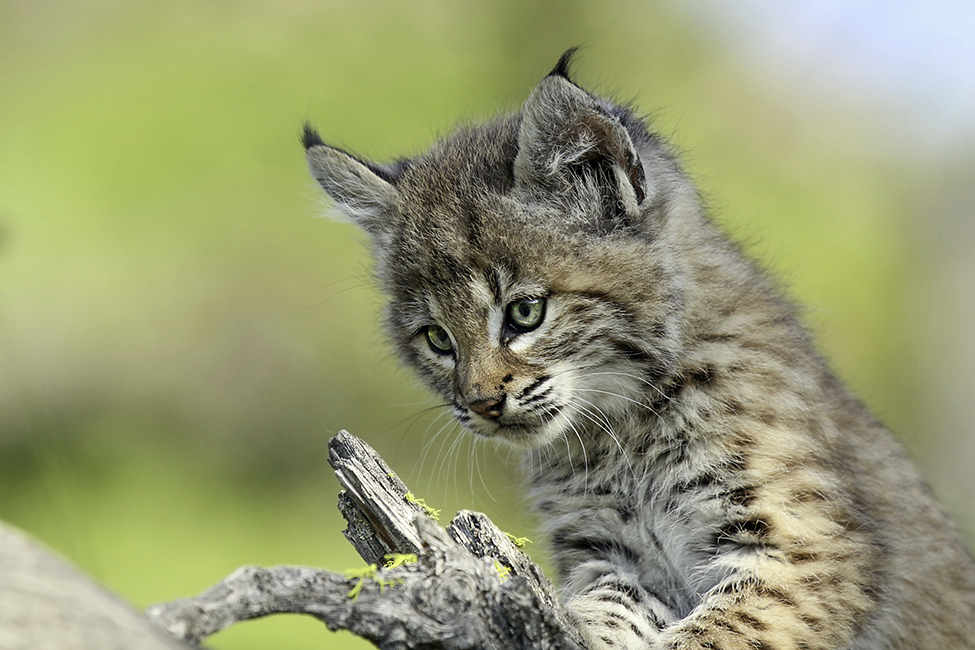
Global News reported on the story this week, noting that a mother bobcat and her three kittens are exploring the neighbourhood, causing concern for some residents.
“Pam Derowin said she let her pet beagle dog out in the backyard on Saturday, and the mother cat later approached it, hissed and swiped at it,” the article at Global News noted. “The dog wasn’t injured, but Derowin is worried about what couldhappen.”
Fish and Wildlife officials have rightly told residents with such concerns that the cats will likely move on, but in the meantime they should remove as many attractants as possible.
The officials offered Global’s viewers and readers these tips:
- Remove birdfeeders from your property as they attract the smaller mammals that bobcats prey on;
- Close off any open spaces underneath your shed, deck, stairs or anywhere else that might provide shelter for a bobcat;
- Motion-activated lights may help scare bobcats away at night;
- Keep smaller pets indoors or watch them closely when outside;
- Keep pets on a leash when walking them;
- Feed your pets inside;
- Put your garbage out the morning of pickup, not the night before.
It’s all pretty standard co-existence fare, but what Fish and Wildlife didn’t mention is what will happen if residents are unable to live with the wildlife and continue to complain: lethal action.
While many people think relocation is the alternative to co-existence, government officials will frequently kill animals who have been deemed a ‘nuisance’ by communities. But if the neighbourhood comes together and helps themselves – and the furry family of bobcats – this story could have a truly happy ending.
Work like our growing Living With Wildlife campaign is only possible with the support of monthly donors. Please consider become a monthly donor – for as little as $5 a month – and help us create a Canada that is truly humane.

